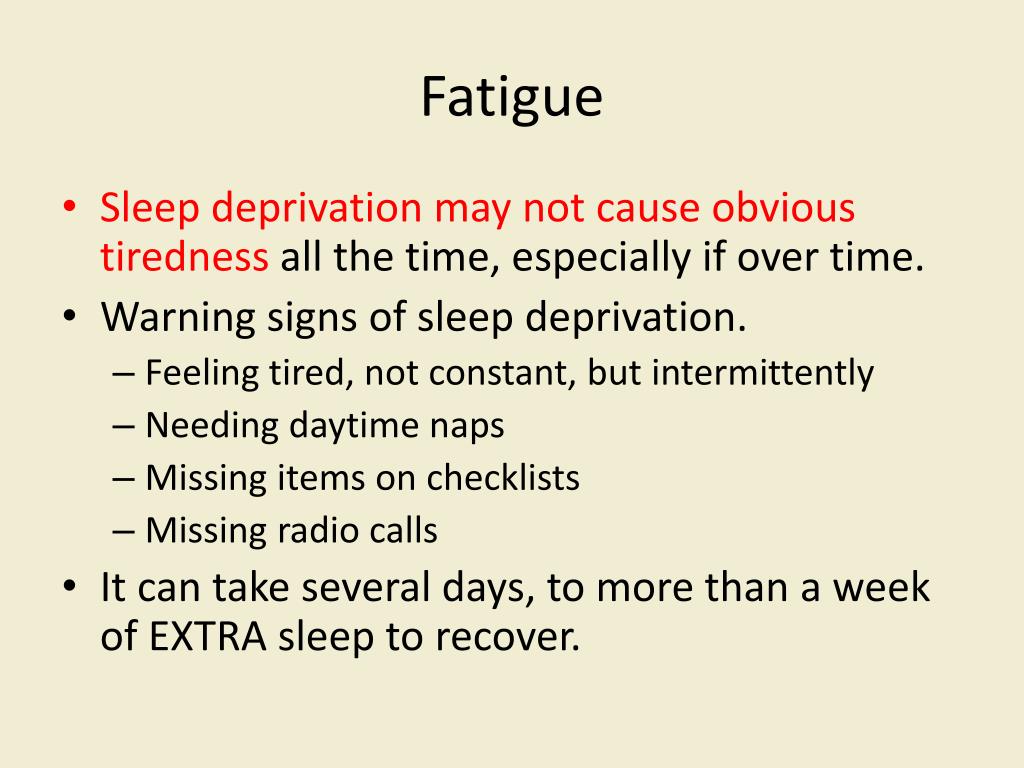

On the other hand, you may have a new technically advanced aircraft with moving map GPS, weather datalink, and autopilot-but if you do not have much weather flying experience or practice in using this kind of equipment, you cannot rely on the airplane’s capability to compensate for your own lack of experience. For example, you may be a very experienced and proficient pilot, but your weather flying ability is still limited if you are flying a 1970s-model aircraft with no weather avoidance gear. Pay special attention to the pilot-aircraft combination, and consider whether the combined “pilot-aircraft team” is capable of the mission you want to fly. For each element, ask “what could hurt me, my passengers, or my aircraft?” All four elements combine and interact to create a unique situation for any flight. In this step, the pilot will systematically identify and list hazards associated with all aspects of the flight: Pilot, Aircraft, enVironment, and External pressures, which makes up the PAVE checklist. In the first step, the goal is to develop situational awareness by perceiving hazards, which are present events, objects, or circumstances that could contribute to an undesired future event. The 5P concept is an attempt to take the information contained in those sheets and in the other available models and use it. Informal research shows that while these are useful documents for teaching risk factors, they are almost never used outside of formal training programs. If the total of these numerical values exceeds a predetermined level, the flight is altered or cancelled. Each of these risks is assigned a numerical value.

These form a catalog of risks that may be encountered that day. For instance, many pilots complete risk management sheets prior to takeoff. A change has to occur and be detected to drive a risk management decision by the pilot. This concept stems from the belief that current decision-making models tended to be reactionary in nature. These variables are the Plan, the Plane, the Pilot, the Passengers, and the Programming.

The 5 Ps are based on the idea that pilots have essentially five variables that impact his or her environment and forcing him or her to make a single critical decision, or several less critical decisions, that when added together can create a critical outcome.


 0 kommentar(er)
0 kommentar(er)
